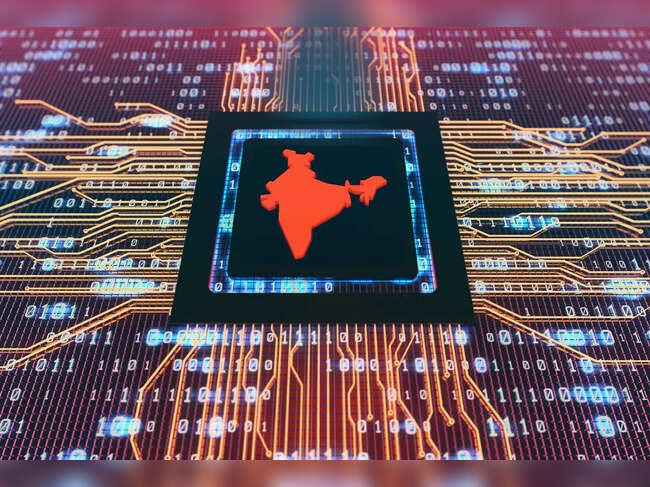



The government is letting the $23 billion PLI scheme lapse due to missed deadlines, bureaucratic hurdles, and underperformance in key sectors. While pharmaceuticals and mobile phones thrived, industries like solar panels and textiles lagged. Lessons include setting realistic targets, streamlining processes, and adopting sector-specific strategies for manufacturing growth.

Copyright infringement not intended
Picture Courtesy: THE HINDU
The Union government has decided to let lapse a $23 billion Production-Linked Initiative (PLI) scheme to incentivize domestic manufacturing.
It was launched in March 2020, to boost domestic manufacturing and create jobs.
It incentivizes companies by offering financial rewards based on their incremental sales or production.
The goal was to raise the share of manufacturing in the economy from 15.4% to 25% by 2025 .
It aims to reduce dependency on imports, promote self-reliance under the "Atmanirbhar Bharat" mission, and make India a competitive player in global supply chains.
The PLI scheme covered 14 sectors , including pharmaceuticals, mobile phones, steel, textiles, solar panels, and food processing. While some sectors saw success, others struggled significantly.
Overall, as of October 2024, participating firms produced goods of value $151.93 billion, which is just 37% of the target. India expended only $1.73 billion in incentives—less than 8% of the allocated funds .

The Union Government decided to let the PLI scheme lapse after facing challenges. Several factors contributed to this decision:
The government concluded that extending the scheme beyond its original scope would provide an unfair advantage to underperforming companies. Instead, new strategies are being analysed to support manufacturing.
Since the introduction of the PLI scheme, the share of manufacturing in the economy decreased from 15.4% to 14.3%.
India faces increased pressure from U.S. President Donald Trump’s trade policies. Trump’s threats of reciprocal tariffs on countries with trade surpluses over the U.S., including India, mean that exports—a key driver of manufacturing growth—are increasingly challenged. Reduced tariff protections also complicate the matter for India.
Partially compensating investments made to set up plants, this could address complaints about delayed payouts and bureaucratic hurdles.
By focusing on upfront financial assistance, the government expects to attract more foreign investment and encourage quicker project implementation.
The PLI scheme offers several important lessons:
While the PLI scheme had both hits and misses, it highlights the need for innovative solutions to make India a viable alternative to China in global manufacturing.
Must Read Articles:
PRODUCTION-LINKED INCENTIVE (PLI) SCHEMES
PRODUCTION LINKED INCENTIVE (PLI) SCHEME FOR WHITE GOODS
Source:
|
PRACTICE QUESTION Q.“The Production-Linked Incentive (PLI) Scheme was a bold step towards achieving self-reliance, but its implementation exposed structural challenges.” Critically Analyze. 150 words |








© 2025 iasgyan. All right reserved